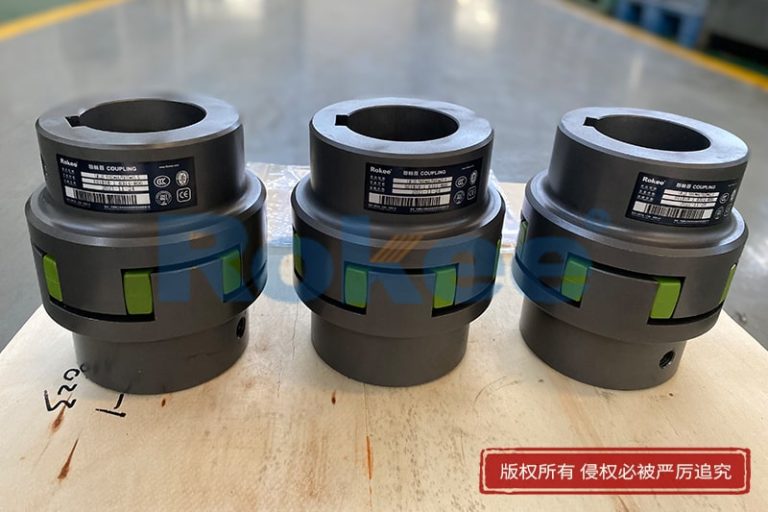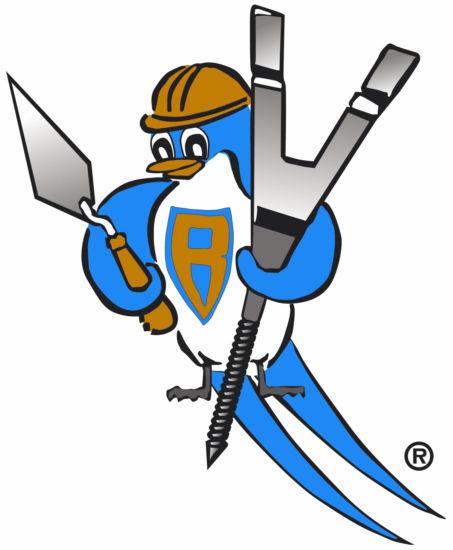Flange nut – serrated flange nut – Din 6923 flange nut – Hex flange nut
Flange nut is a kind of nut with a wide flange at one end, which is used as a built-in washer.
This is used to distribute the nut pressure on the fixed parts, reduce the possibility of damage to the parts, and make them less likely to loosen due to uneven clamping surfaces.
These nuts are mostly hexagonal, made of hardened steel, and usually coated with zinc. The flange can be serrated to provide a locking effect.


What is a serrated flange nut?
In serrated flange nuts, the angle of the spline prevents the nut from turning in a direction that would loosen the nut. Because of the serrations, they cannot be used with washers, nor can they be used on surfaces that should not be scratched.
The spline helps prevent the nut from vibrating to move the fastener, thereby maintaining the retention force of the nut.
Flange nuts are sometimes equipped with rotating flanges to help create a more stable structure without affecting the finished product, such as nut toothed flanges.
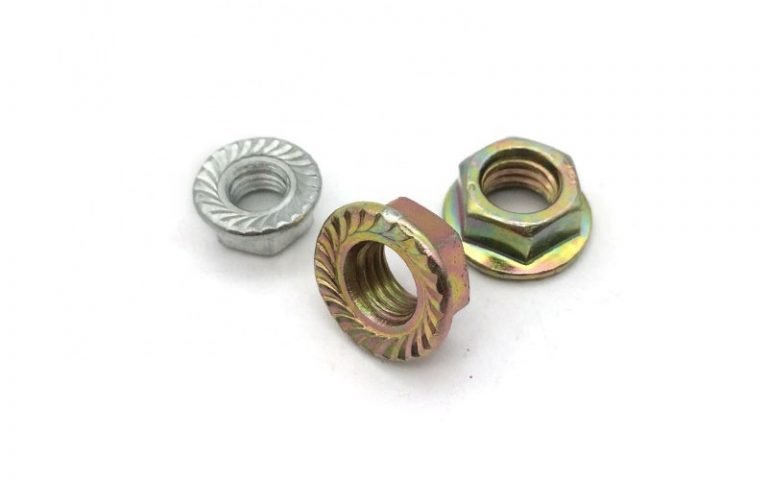

Advantages of serrated flange nut
Advantages and disadvantages of using serrated flange nuts. Flange nuts are used in a variety of applications, depending on the style purchased.
Serrated flange nuts do not provide the superior locking function of flange lock nuts, but if used in the right way, they do provide some benefits.
Rotating flange nut
Rotating flange nuts are mainly used to connect wood and plastic self-aligning nuts, also known as ball nuts or leveling nuts.
They are a type of nut used for applications where the fastener is not perpendicular to the surface of the anchor nut. It accomplishes this by using flange nuts in specially shaped dome washers.
They are commonly used in the aerospace industry. If this nut is not used, the object must be oriented perpendicular to the fastener. Flange nuts (and bolts) are widely used in automobiles and electronic products.
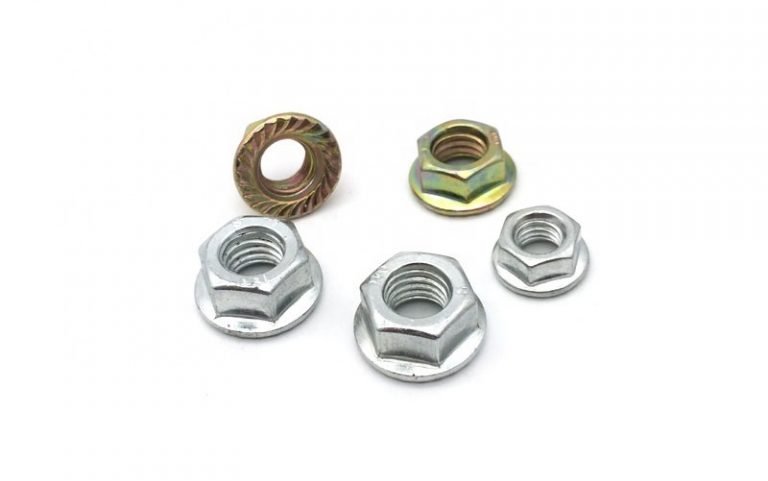

Specifications define flange nut
DIN 6923 (replaced by DIN EN 1661) DIN EN 1661ISO 4161
Description of flange nut
flange nuts have some properties that define washers. They are used to evenly distribute the load to avoid uneven clamping surfaces of operation. They also ensure that the fastener is in place and does not move freely.
These wide flange nuts can be used as an alternative to nut and washer combinations. Therefore, if your project is large, these nuts are a high-quality, cost-effective alternative to nuts and washers.
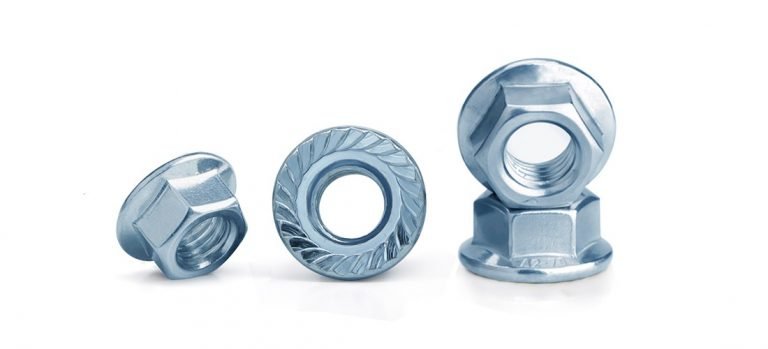

Flange weld nuts have a variety of sizes and can be used for multiple bolts. Each bolt has a different size standard. Another advantage of these nuts is that they prevent electrical and mechanical parts from loosening while allowing free parts to move freely. In this case, the perfect balance must be achieved through careful calibration.
It is available in stainless steel, carbon steel, and alloy steel to withstand more wear and tear, while also making it more resistant to corrosion.
Advantages of flange nuts
Advantages and disadvantages of using serrated flange nuts. Flange nuts are used in a variety of applications, depending on the style of purchase. Serrated flange nuts do not provide superior locking capabilities like flange lock nuts, but if used properly, they do provide some benefits.
Flang nuts for project solutions
Find the hardware solution you are looking for here. The flange nut looks like a standard hex nut from the side, but the bottom spreads out into a circular flange, forming a bell shape.
The manufacturer cuts the bearing surface of the flange to make serrated flange nuts to better grip the gasket surface. Also known as serrated nut, twist-lock, or serrated nut, this type of bra provides greater vibration resistance. When the nut is tightened into the joint, the mating surface will be marked with these splines, and a locked fit is achieved.
Using and installing flange nuts
This type of locking fastener uses offset or twist to provide a perfect fit. When used with painted or coated contact surfaces, this deformation increases the risk of corrosion.
If moisture may be a problem in your application, consider using another lock nut that will not corrode the mating surface.
And the spline covers the entire bearing surface. Unlike standard flange lock nuts, they can also be reused without restriction, although it is recommended to refer to the manufacturer’s instructions for torque values and any lubricants.
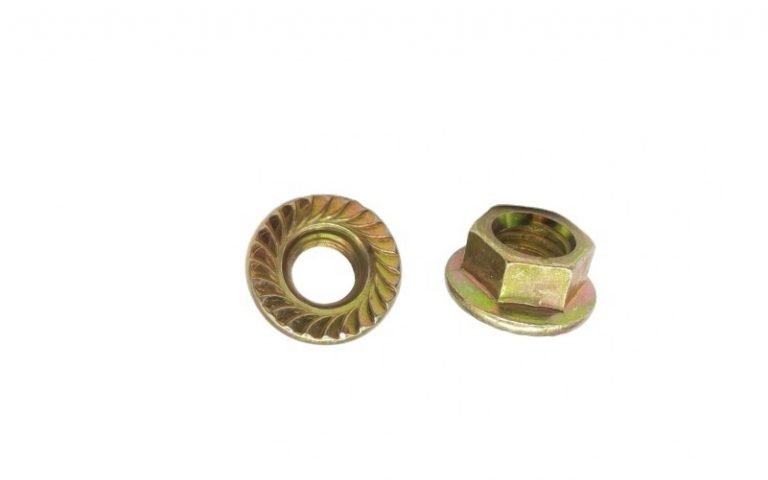

When using this type of nut, washers can be omitted because the flange extends the bearing. The surface and those grooves need to be in direct contact with the mating surface. This saves your application time and money.
When installing this nut, you also need a smaller torque, which saves valuable time during assembly or construction. You will find serrated nuts in the most common finishes (both plain and galvanized).
Stainless steel flange nuts
Stainless steel brand is also available, which can provide the best corrosion protection. If flange nuts meet your project specifications, or you are looking for a simple locking solution, consider whether to use serrated flange nuts to provide the required strength and durability.
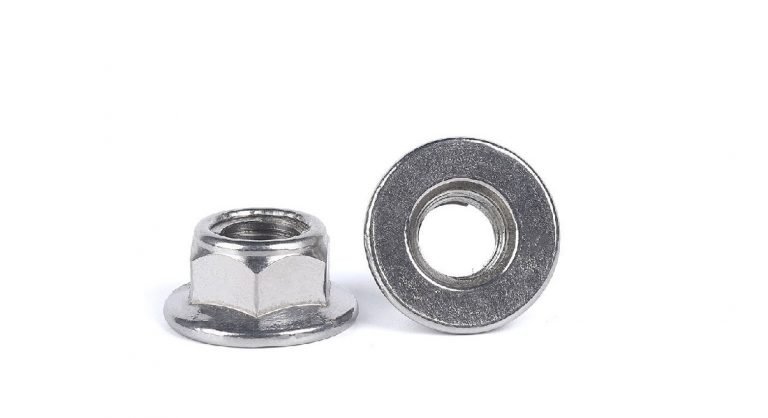

Non-serrated flange nuts
Similar to serrated flange nuts, non-serrated flange nuts are hexagon nuts with anti-rotation washers attached to the bottom. The flange under the gasket is smooth and does not contain splines.
When the material needs to be flush with the surface, use non-serrated flange nuts. This kind of nut does not press into the mounting surface so that there is better continuity between the two surfaces.
Non-serrated flange hex nuts are similar to flanged hex nuts, but the flange has no serrations and has a smooth surface, which is suitable for clamping against materials with flat surfaces.
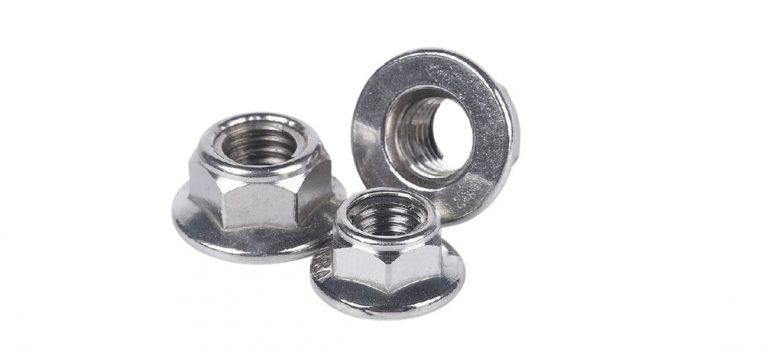

Technical specifications of flange nuts
Non-serrated hexagonal flange nut or non-serrated hexagonal flange lock nut.
Basic material of flange nuts: carbon steel, alloy steel, stainless steel.
Flange nuts thread direction: right and left fastener thread thick, thin, extra-fine


Coating Layer/surface treatment of flange nuts: flat, black oxide, hot-dip galvanized, mechanically galvanized, galvanized, geometry, zinc-nickel alloy, phosphating, ground green dye, and blue dye and other common
Flange nuts standards: DIN6923, ASME B18.16.4, ASME18.2.2, ISO4161, JISB1190
Metric size: M6 to M16 (mm)
Grade: CL6, CL8, CL10, CL12
Inch size: 1/4 inch to 5/8 inch
